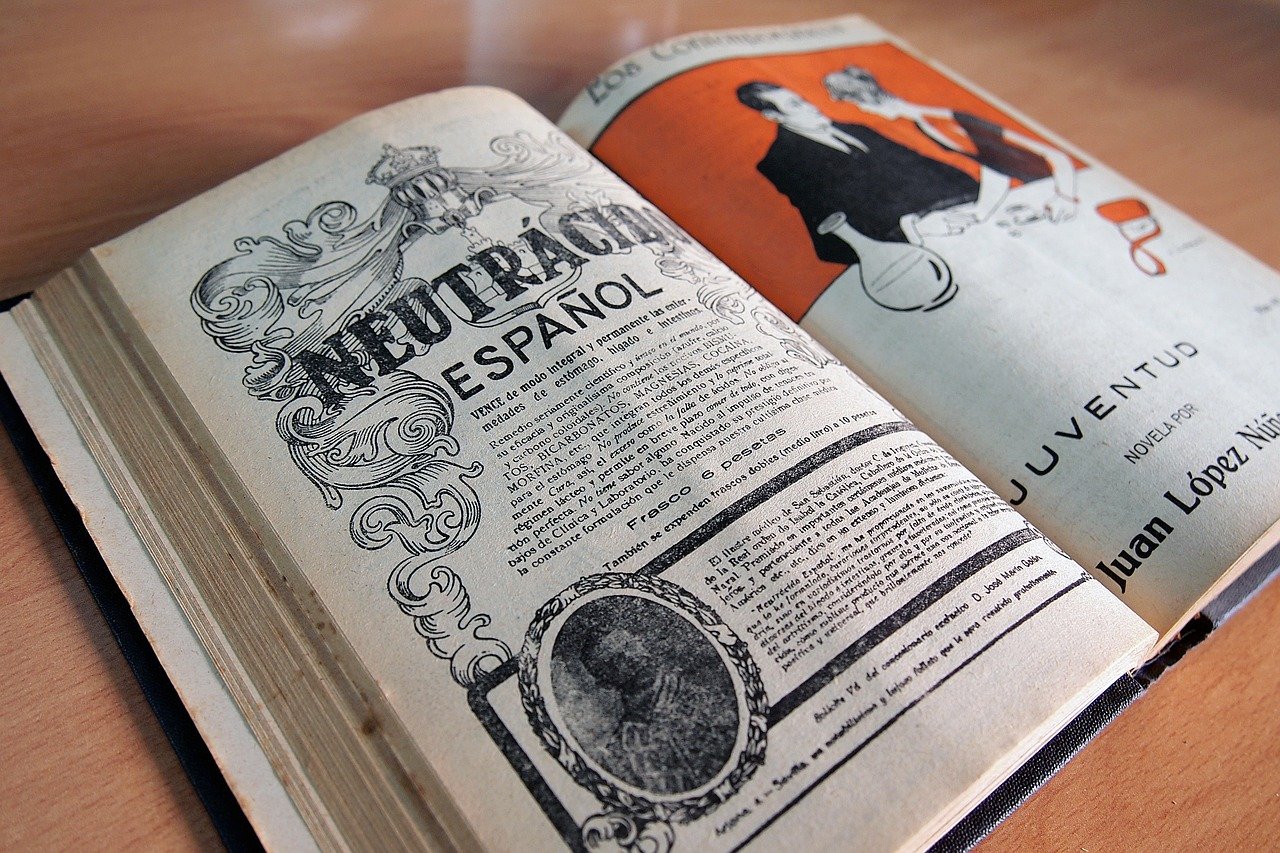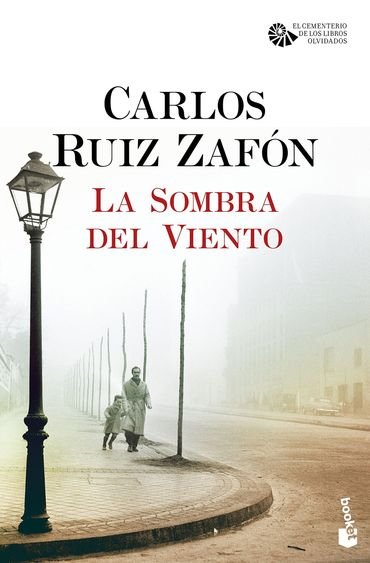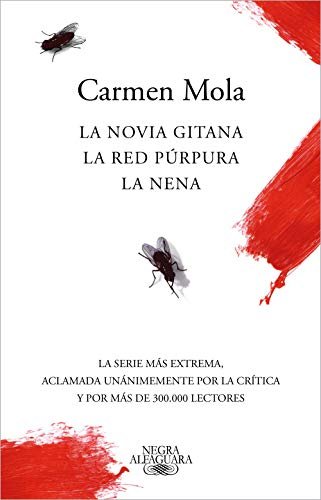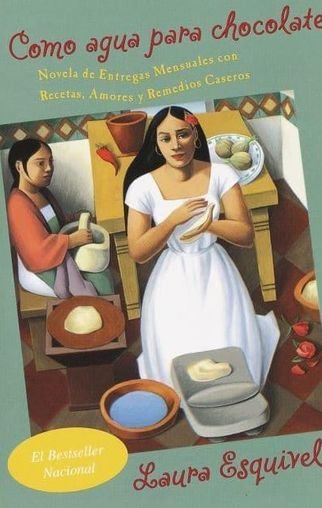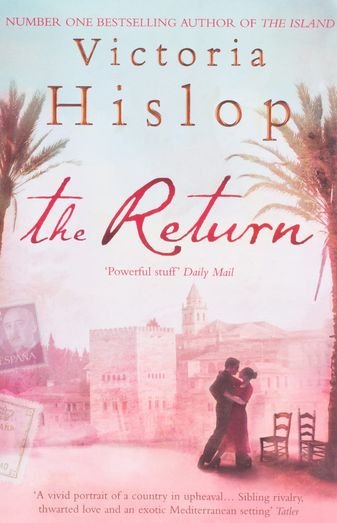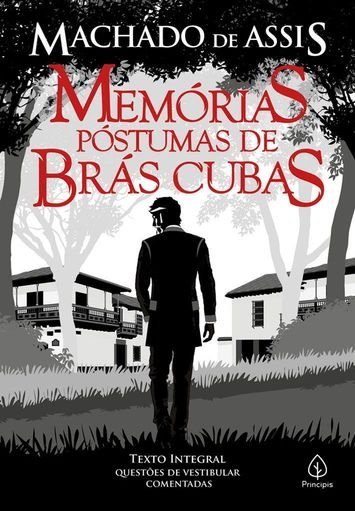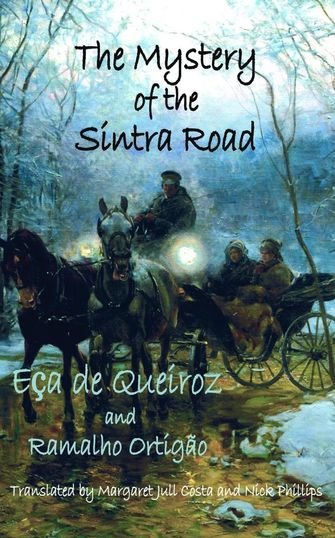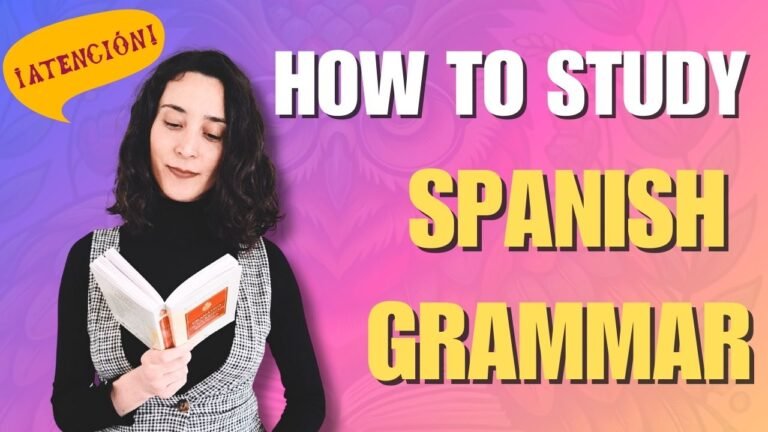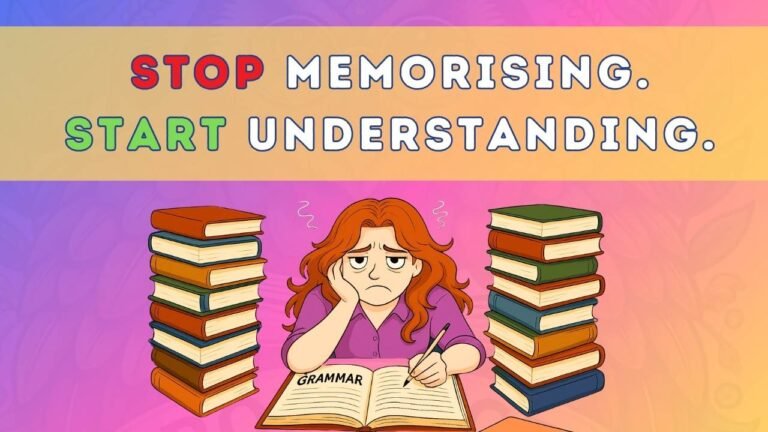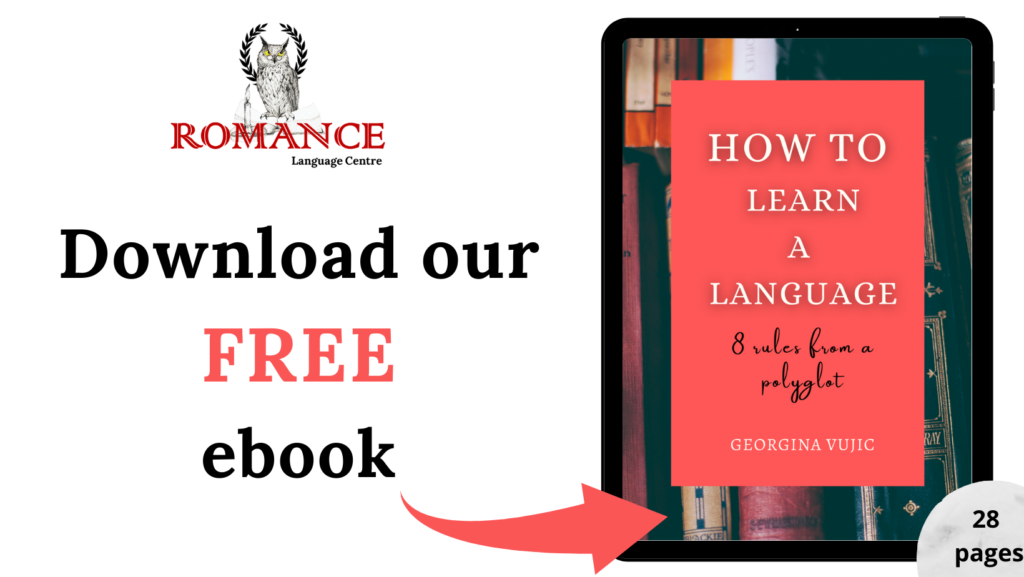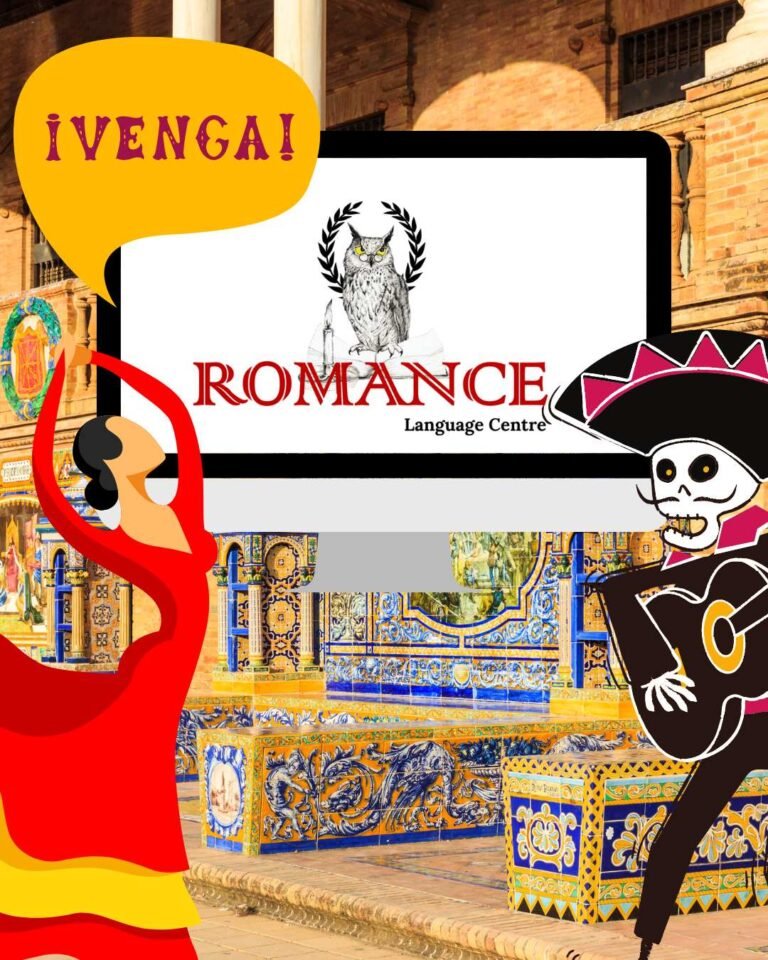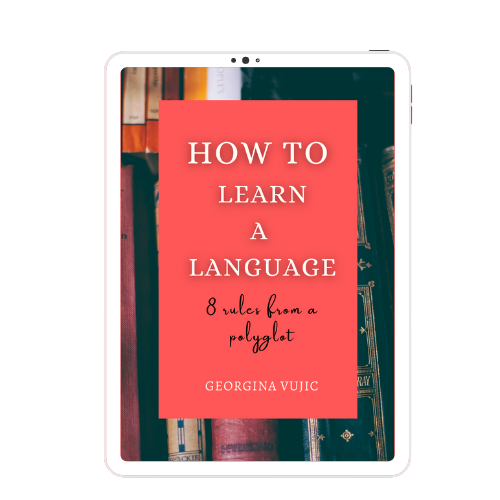It’s no secret that reading has many benefits in any language, including our mother tongue; it expands your vocabulary, makes you a more educated and eloquent speaker and gives you a glimpse into different cultures.
But what about reading with the purpose of advancing your foreign language skills, in this case, Spanish?
Have you been reading on a regular basis, but still feel like you’re not reaping all those benefits everyone talks about?
We’re bringing you 5 strategies that can help you get the most out of reading in Spanish, based on 10 years of academic experience in research, teaching, but also, studying and mastering Spanish ourselves.
KNOW YOUR LEVEL – BUT ALSO CHALLENGE YOURSELF!

Your teachers will know your level and bring materials accordingly, but if you’re learning by yourself, make sure you know what level you’re at and look for materials that specify it.
This doesn’t mean that you shouldn’t challenge yourself.
While we don’t recommend that you go for C2 if you’re at A2, it can be extremely beneficial to test yourself occasionally at a slightly higher level, to see how much you already know, to expand your vocabulary and get inspired to get to that level.
The best, quickest learners are always willing to give that extra push.
KNOW YOUR VARIANT – ARE YOU A pibe/a OR A chico/a

Spanish can be a tricky language to learn and to read in, and that is mostly due it’s incredible variety.
Spanish is the official language in 20 countries and it can vary greatly depending on the country.
For example, pibe/a is the how they say chico/a in Argentina.
Or you might look up a cute little Christmas story from a Chilean source and find yourself scratching your head when you see that the main protagonist is some Viejito Pascuero, and wonder what happened to Papá Noel (Santa Claus).
You can always learn these things to have that extra card up your sleeve, but know which version of Spanish you’d like to learn and regularly read in it, because that is the version that will stick with you.
EXTRACT THE WORDS – THE RIGHT WAY

If you’re reading a book in Spanish, chances are that you’re going to come across a bunch of new words.
So what is the best way to memorize them?
Every book has more than one word that is constantly being repeated simply because it’s important for the plot of the story.
If you’re reading a fairytale about a princess and a frog, you’ll have learned the word rana by the end of it.
For most words, however, this won’t suffice.
Nowadays, you can install an online dictionary to your kindle and all you need to do is click on that word to find out its meaning.
As quick and effective as that is, we discourage it because it won’t benefit you long-term.
Instead, try underlining all of the unknown words as you’re reading and then write them down when you finish the chapter or the whole book – whichever you prefer, – and then search for their definition.
That way, you’ll be focusing on every word for much longer and so you will be able to retain it better.
The reason why we don’t recommend looking every new word up as you read – unless it’s crucial to the plot – is simply because you should also be able to enjoy the experience and not pause every now and then to look up an unknown word.
At an advanced level is when you can read texts of choice and challenge yourself with classics where you will be exposed to archaic words and complex syntactic constructions.
BEGINNERS: READ WHAT YOU KNOW

If you’re just starting to learn Spanish, you might think it’s a good idea to pick up some traditional stories in Spanish.
Don’t get fooled by the fact it’s a children’s story; the vocabulary and the grammar are adapted to the native speakers, who have already acquired the language.
For example, if you read El cóndor y la pastora, (The condor and the shepherdess), a Chilean traditional story, you’ll stumble on words like aullar (howl), not to mention Pretérito Imperfecto, Indefinito and even Subjuntivo.
What’s that, you ask? Exactly.
If you wish to read a traditional story in Spanish, make sure it’s an adaptation meant for language learners specifically.
If, however, The Little Mermaid is your favourite fairy tale ever and you’d already read it a thousand times in your mother tongue, go ahead and give it a go in Spanish as you’ll already know the vocabulary and how the story goes so you won’t end up feeling overwhelmed.
ADVANCED LEARNERS: AVOID TRANSLATIONS

The reason why we recommend this is quite simple; although there’s no doubt that there are some great translations out there, but very often, when you read a Spanish translation, you can tell it’s a Spanish translation of the original work.
The language doesn’t flow as naturally because it didn’t come from the mind of a native speaker.
Translated Spanish often needs to make some adjustments to best convey the message in the original language, while some other words won’t have a translation at all.
There’s another side to this as well; before reaching B2, C1 and C2 levels, you’re supposed to have gained the basic knowledge of Spanish/Latin American culture.
The more advanced learners aren’t supposed to be expanding just their knowledge of grammar, they’re also deep diving into the culture, − and nothing reflects the culture and the worldview of a nation better than art – than literature.
PRACTICE MAKES PERFECT

When you’re reading with the goal of advancing your foreign language skills, it’s not just about the mere act of reading; it’s about actively applying all of the above principles.
It might seem like a lot at once, but that’s because reading in Spanish as a second language isn’t the same as reading in our mother tongue.
We need to pay attention to more things, as we’re not only becoming more eloquent by reading, but also absorbing new structures and formulas.
The good news is that, the more you do it, the easier it will come to you and the benefits will make all the hard work worth it.
In conclusion, read as much as you can, and don’t forget to make the process fun for yourself.
You don’t need to stop at every unknown word, and you don’t have to read dry, textbook texts all the time.
Find your favourite story in Spanish translation and take pride in the fact that you’re now able to read it in one more language.
If you stick to this, you’ll be able to read Spanish and Latin American writers in the original and familiarize yourself with the culture of those countries on a much deeper level.
Do it at your own pace; to help you find the high-quality, engaging stories that match your level of Spanish.
READ WITH ROMANCE – FREE AND ORIGINAL STORY MATERIAL FOR LEARNING SPANISH

If you feel like your Spanish just isn’t progressing as much as you’d like it to, if you lack the confidence a la hora de hablar, ask yourself first which language learning activity you’re giving most attention to at the moment?
Are you trying to absorb the language through immersing yourself in the media and by talking, but all those structures and words just aren’t sticking in your mind as you’d like them to?
It could be that you need more input, meaning more active reading.
The more you read, the more you will find new, different ways of expressing the same thing.
Your Spanish will flow more easily, more naturally.
For a soft-spoken and quick language such as Spanish, this quality is crucial in making you sound more like a native speaker.
Reading in Spanish will expand your vocabulary, establish your understanding of grammar rules, and deepen your understanding of the culture and people.
And the end result?
You’ll become a more confident speaker and feel like your words really do flow like a river.
To help you get on that journey, we have prepared a FREE story material for you Advanced Spanish learners.
With Christmas just around the corner, Romance Language Centre decided to bring you an adaptation of the everlasting classic Rudolph the Red Nosed Reindeer.
This fun little adaptation consists of 18 pages filled with beautiful illustrations and valuable activities at B2 level that consist of:
- vocabulary excercises
- reading comprehension activities
- grammar activities (Condicional Simple, Oraciones Consecutivas y Causales)
- written expression activities
You will also learn about the origin of the traditional phrases used in Spanish fairy tales in our column ¿Sabías que…’ (‘Did you know that…’) for those who wish to know more.
And don’t worry – answers are provided at the end.
Recent articles:
-

The Best Way to Learn Spanish Grammar: A Quick Guide for Curious Learners
-

The Best Spanish Practice Podcasts You’ll Love in 2025
-

Cognitive Overload in Language Learning: What It Is and How to Avoid It

